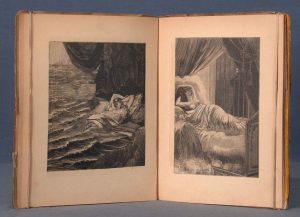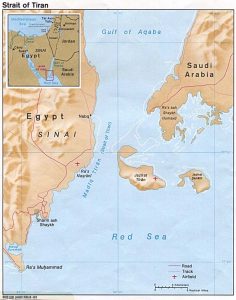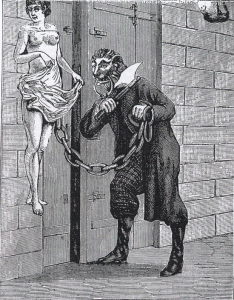I’m glad we had the chance to do both workshops, as each medium had its own merits. Collage had certain limitations that working with Adobe did not. I’m not sure if collage artists find it appealing to work with what they can find that already exists, but I liked that I already had some of what I was going to use in front of me. This limitation sort of narrowed down the options in terms of what I could make. On the other hand, as I started working on my collage, I did find myself wishing for certain images I couldn’t find — I wonder if this is when collage artists start to draw or make their own pieces to include (like Matisse did)? Anyway, artist processes probably aren’t so linear.
Ironically, the limitations of collage actually also sparked creativity. The images I picked from the magazines led me to think of different concepts I could portray that I probably wouldn’t have otherwise, especially if I had started with a single concept in mind like I did with Adobe. The images opened up new paths, whereas with Adobe, I feel like I was limited with my lack — or abundance of — ideas (sometimes I had too many things I wanted to do, and wound up staring at the screen thinking about which one I should pick). However, unlike collage, I could create anything I wanted in Illustrator. Even though I didn’t know all the functions of the program, I knew it was powerful enough that I could do basically anything, which was definitely different from the feeling I got with collage. I’m not sure which medium I liked better — it probably depends on the mood I’m in, but I think it’d be interesting to find out more about why artists would choose, say, acrylic paint over pastels, sculpture with steel over sculpture with wood, etc. For example, I wonder what Yun-Fei Ji experienced when he worked with paper to make a 3D work, which was a departure from his 2D handscrolls.



